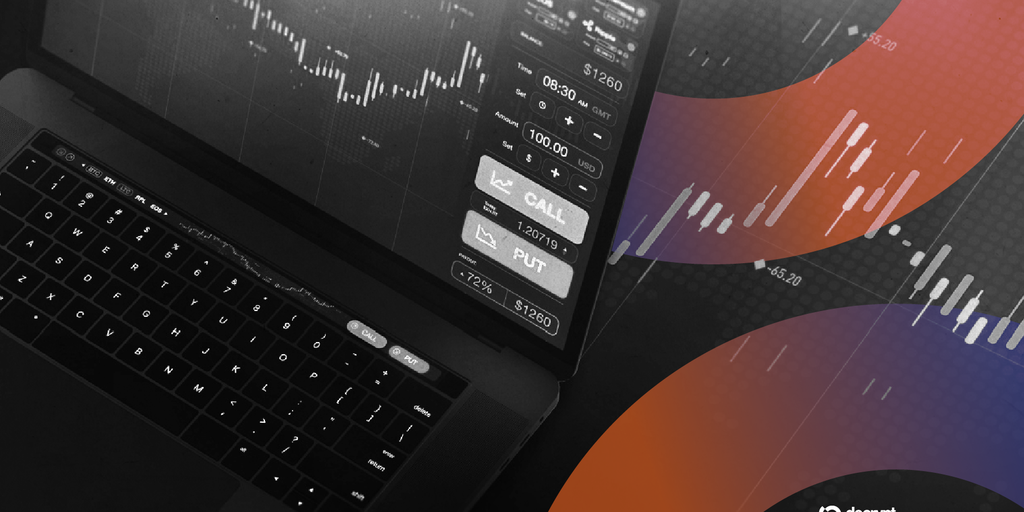By Contributor,Rachel Wells
Copyright forbes

Managers need to buy back their time from admin and spend more time in talent development and strategy
Between endless reporting, back-to-back meetings, preparing for meetings, and inboxes that never seem to end, most managers spend over 50% of their time on admin, according to a recent HBR study, which surveyed more than 1,700 managers and 34 executives in about 14 countries.
They’re not spending the majority of their time on what they were really hired for, what matters most–performance improvement, talent management, upskilling, or strategic direction. These managers are only spending less than 30% of their allocated time each week on high-value work that will propel the business forward.
“We found that managers at every level spend the bulk of their time on administrative tasks,” Harvard Business Review said, “such as juggling employee schedules, or writing reports.”
Specifically, the share of time managers spend on specific categories of tasks is broken up between:
Admin ~ 50%
Problem-solving and collaboration ~ 30%
Strategy and innovation ~ 10%
People development and stakeholder engagement ~ 7%
Why is this a problem?
Because, according to a Quantum Workplace report on a recent study, “The most satisfied and effective group of managers in this study identified four key activities that take up 2/3 of their time:
Making key business or operational decisions
Managing and motivating people
Setting direction and strategy
Managing external stakeholders
“When managers can devote the majority of their time to coaching, mentoring, and developing their employees, everyone wins,” they said.
So as a manager or leader, the healthy balance is spending more than half of your time on strategy and ops, people management and development, and relationship-building and nurturing–not admin load.
MORE FOR YOU
The fix? AI.
It may sound corny or clichéd, but artificial intelligence is proven to literally buy back your time. AI can reduce your workload by as much as 50%.
Can you imagine what would happen if you used artificial intelligence in your work as a manager or leader? How much extra time you’d have to focus on strategic direction, getting involved with your team, adequately managing performance, talent management, and upskilling?
How To Use AI To 2x Productivity & Reduce Burnout As A Manager
I was at Asana’s Work Innovation Summit last Thursday in London, and one of the most powerful and impactful presentations that was delivered in the event was Dr. Mark Hoffman’s presentation for executives, “How to Overcome the Five Barriers to AI Success.”
In that talk, Hoffman highlighted seven key actions that both leaders and managers can take to double not only their output, but that of their team, leading to boosted productivity gains:
1. View AI As A Team Member, Not Google
Hoffman was not the first to say this. Professor Jules White of Vanderbilt University also alluded to this when he stated in his Coursera course on Generative AI for Leaders that most people treat ChatGPT like a quick Google search, which means they’ll fail to see the best results.
Viewing AI as a team member means approaching it holistically as a leader–how do we make this part of our processes and workflows, how do we collaborate with it and iterate and learn as we do so?
2. Get A Cross-Functional Collaborator To Adopt AI
One of the best and quickest ways to encourage AI implementation across your organization, especially when you have skeptical employees, is to get an influencer or connector to champion it. Cross-functional collaborators have more influence over several teams due to the nature of their work, and this makes your work a whole lot easier.
This is where it falls on you as a manager to pay close attention to your team, discern who works well with teams and co-workers at every level, and provide training and resources that will bring the best out of your collaborative employee(s). In the long run, it will save you an immense workload.
3. Look At AI Holistically, Not As an individual
As much as it may be tempting to hoard the benefits of AI tools and know-how for yourself, try to get everyone in your team to engage with it. Actively support and model AI fluency. Get together with your team to find innovative ways to use AI to solve existing gaps or problems. You’ll be amazed at their suggestions.
When everyone gets on board and it becomes a “team sport” as Hoffman put it, rather than a solo effort, that’s when you’ll see the greatest improvements in productivity.
4. Use AI To Reduce Connectivity Tax
Hoffman pointed out that, according to Asana’s State of AI at Work report, there are four main taxes or drains on productivity that you can use AI to address. One of these is connectivity tax. It’s the all-too-common scenario where you’re looking for last quarter’s sales deck, the budget approval email, or that one document someone swears “should be in SharePoint.” But it’s nowhere to be found.
As a leader, apply AI to create a centralized asset system where all resources can easily be found, instead of using outdated tools and workflows (or worse, having no workflow at all).
5. Use AI To Reduce Resilience Tax
Another fantastic way to use AI as a leader or manager is to use it to reduce resilience tax. Dr. Hoffman defines this as when companies are unable to adapt well to challenges.
As a manager, you can use AI to help you handle change and respond to challenges by having a knowledge bank that you can easily refer to where needed, even if in a hurry.
6. Use AI To Reduce Velocity Tax
The other productivity tax you can avoid with AI is velocity tax, which is when you or your team can’t proceed with important project tasks because they require your approval, signoff, or other bottlenecks.
Identify the bottlenecks, then find innovative ways to use AI to reduce time and simplify tasks and steps taken, so that you’re able to remain agile.
7. Use AI To Reduce Capacity Tax
The final tax, often the butt of jokes on the internet, is capacity tax. Ever caught yourself saying internally “I don’t have the bandwidth for this meeting”? That’s because your capacity as a leader or manager has been drained.
As we already know, many meetings shouldn’t even be meetings because they could easily be achieved through a quick call, Slack/Teams message, email, or collaboration/project management tool update.
Using AI-powered tools can make it easier for you to reduce your capacity load so you have more time for meaningful work…you know, the work referenced earlier in this article, like performance management and strategy.
Find ways to apply AI to low-value, time-consuming tasks (like decluttering your email inbox) so you can apply your energies to what you were really hired for.
AI is best effective when viewed as a team member, not a tool
Managers and leaders who implement these seven approaches to AI integration and role model AI fluency while strategically championing this digital transformation, will see less burnout, improved engagement at work, and more innovation. Why? Because the time wasted on meaningless admin is now invested in creativity, culture, and growth.
Editorial StandardsReprints & Permissions



